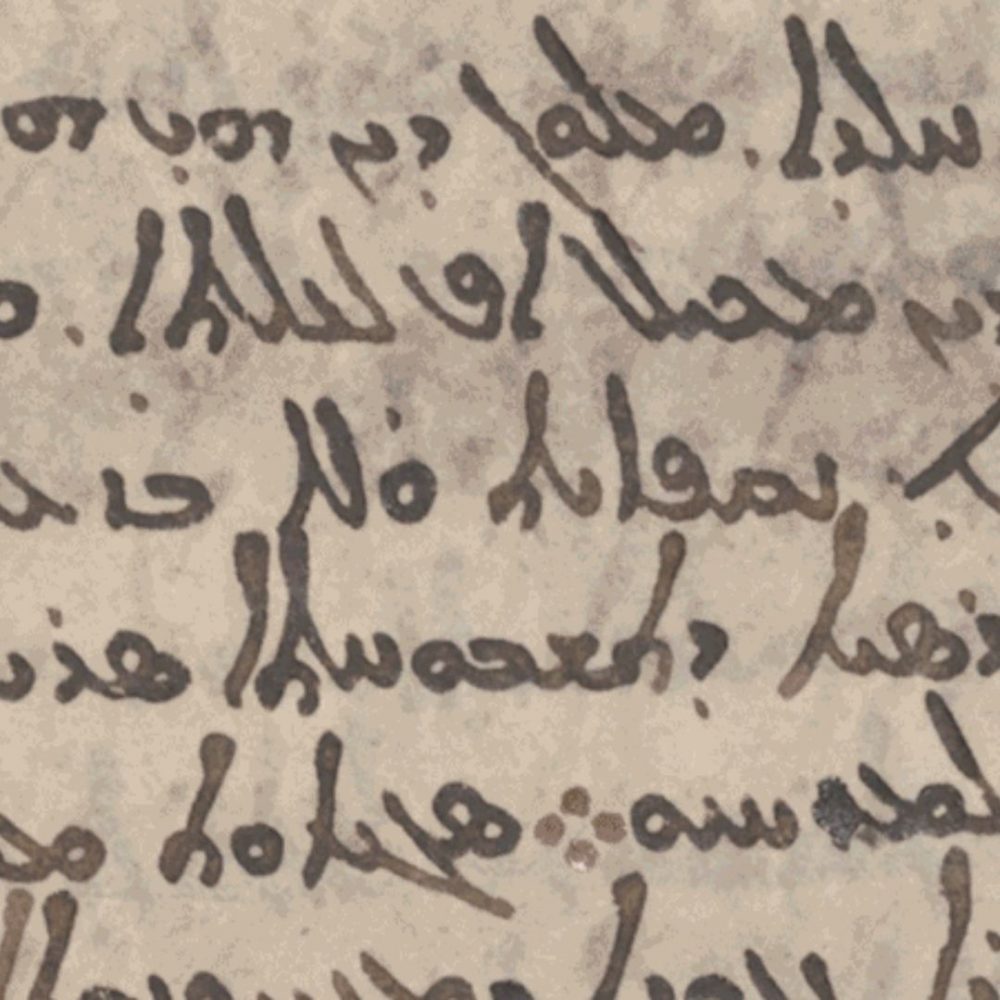
Archaeologists discover the vastest star map in an ancient manuscript!
Recommended for Preparatory Grades
Archaeologists may have just found a piece of the world’s ancient complete map of the stars. It is thought that the map piece is a copy of the Greek astronomer Hipparchus’s long-lost list of stars.
Hipparchus lived in the second century B.C. He was the first person who tried to map the whole night sky. On a piece of an ancient clay tablet, the map piece was found under the writing.
Hipparchus is widely considered the “father of scientific astronomy”. Hipparchus spent most of his life making observations about the sky. Historical texts say he made some important scientific advances.
Some of these are making accurate models of how the sun and moon move. In addition to coming up with a way to measure how bright the stars are, improving trigonometry, and many others.
What is Palaeography?
Palaeography is the study of how different writing styles from different times in history can be used to figure out when they were written.
Key facts!
- The ancient clay tablet was found in Egypt.
- It was hidden under nine leaves, which are also called folios.
- Researchers took pictures of all nine pages using a wide range of wavelengths.
- Then, they used computer algorithms to scan the pictures, which revealed the text that was hidden underneath.
- After reading the coordinates from the chart pieces, researchers used the idea of the Earth’s planetary precession, which came from the chart, to figure out where it was.
- After figuring out that the first record of the stars was made in 129 B.C., researchers had to figure out when the writing was finished.
- The experts dated the nine folios to between the 5th and 6th centuries A.D. by using palaeography.
- This meant that the nine folios were copies of Hipparchus’ catalogue that were still being used more than 700 years later.
- Researchers plan to work on improving their imaging methods so that the study can go on.
- The results of past research have already led to the discovery of Greek medical books that had not been known before.
- These manuscripts have instructions for surgery, drug formulas, and lists of plants that can be used to make medicines.
Youtube user “TEDx Talks” shares with us the significance of an accurate star map.
Curious Times is a leading newspaper and website for kids. We publish daily global news aligned to your learning levels (also as per NEP 2020): Foundational, Preparatory (Primary), Middle and Senior. So, check out the News tab for this. We bring kids’ favourite Curious Times Weekly newspaper every weekend with top news, feature stories and kids’ contributions. Also, check out daily JokesPoke, Tongue Twisters, Word of the Day and Quote of the Day, kids need it all the time.
Curious Times News Program for Schools for FREE. Over 5,000 schools and teachers from all over the world have joined our programme so that students and teachers can get FREE Educative Newspaper. Here, kids can take part in world events and win prizes and certificates for free through their schools. Moreover, schools are sharing important School News, like interviews with the principal, notices about new students, contests, and results, not just on social media but also on a news website for kids and other schools.
Thus, do not wait any further, sign-up for your school for FREE.
The following social media platforms allow you to communicate with us: WhatsApp, Instagram, Facebook, Youtube, Twitter, and LinkedIn.
0 (Please login to give a Curious Clap to your friend.)
